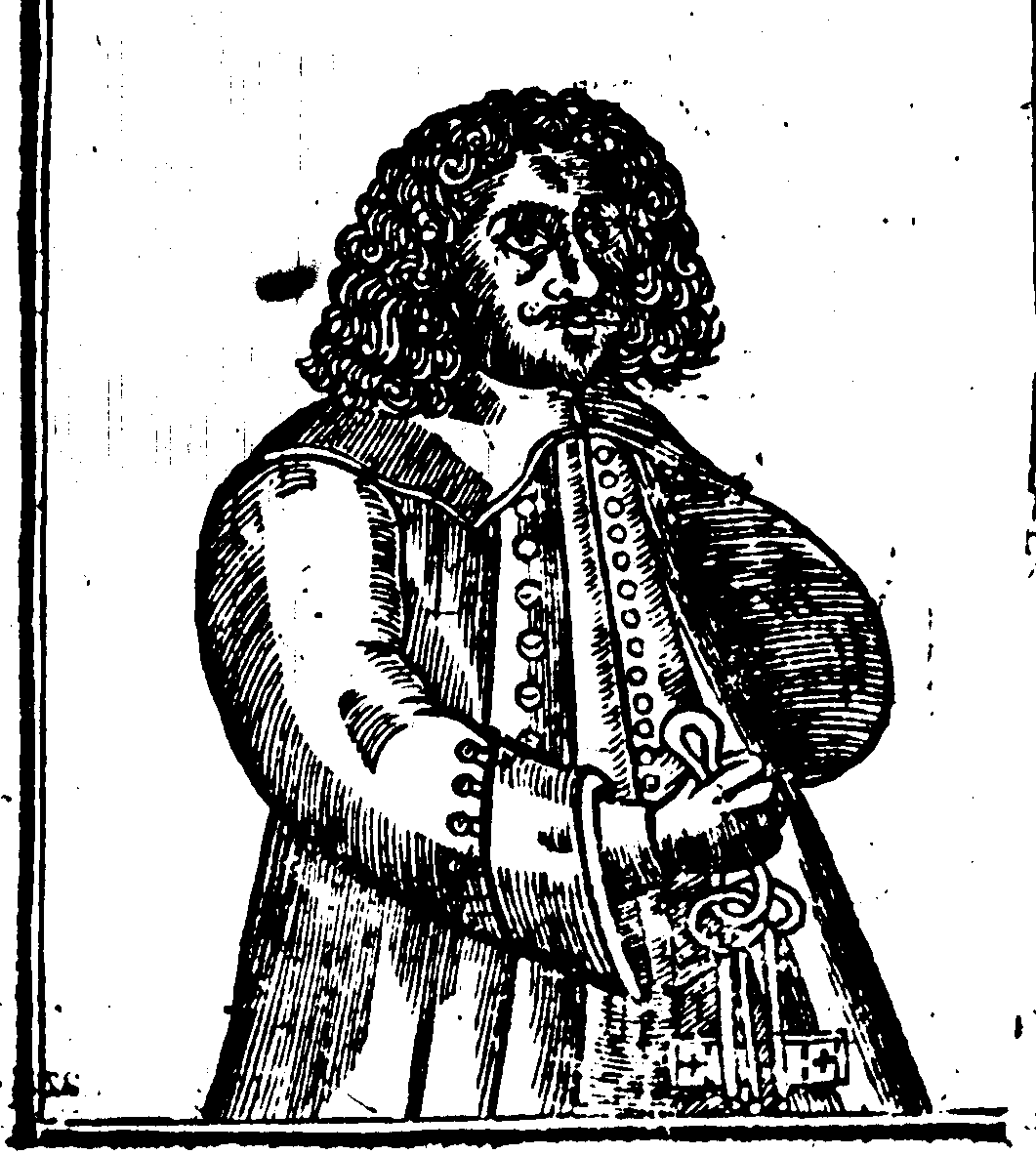Journalism during the English Civil War and the Commonwealth
The origins of English journalism lie in the middle of the seventeenth century. During this period, a new form of publication referred to as newsbooks began to appear - the earliest ancestors of today's Press.

The newsbooks carried stories on the business in the English Parliament, news from military campaigns at home and abroad, and reports on the doings of politically influential persons from all around Europe. Printed as booklets of eight or sixteen pages on a single sheet of paper, they were at first printed irregularly. Later, the more successful titles ran weekly, in series that could continue for hundreds of issues.
The crucial period of the newsbooks' early development coincides - not uncoincidentally - with the period of the English Civil War, the Commonwealth, the Protectorate under Oliver Cromwell, and the Restoration of the Monarchy under Charles II. The political turmoil in England at this time is reflected in the text found in the newsbooks, which like the rest of the press frequently embody multiple ideological standpoints - although Cromwell was able to impose censorship in 1655.
Between 1640 and 1661, a London bookseller by the name of George Thomason (c.1602-1666) undertook to collect copies of all the books, pamphlets, tracts and newsbooks published in London. His collection survives, largely intact, and is today known as The Thomason Tracts.
The Thomason Tracts - over 22,000 documents including over 7,000 newsbooks - represent one of our most important resources for the study of a key period in the history of both journalism and English politics.
|
Thomas Carlyle on the Thomason Tracts, quoted in GK Fortescue's Catalogue, pg xx. |
The original 22,000+ documents are held at the British Library. Many other academic libraries around the world provide acess to the collection via a microfilm edition or via Early English Books Online (henceforth EEBO), although the newsbooks themselves are not available online.